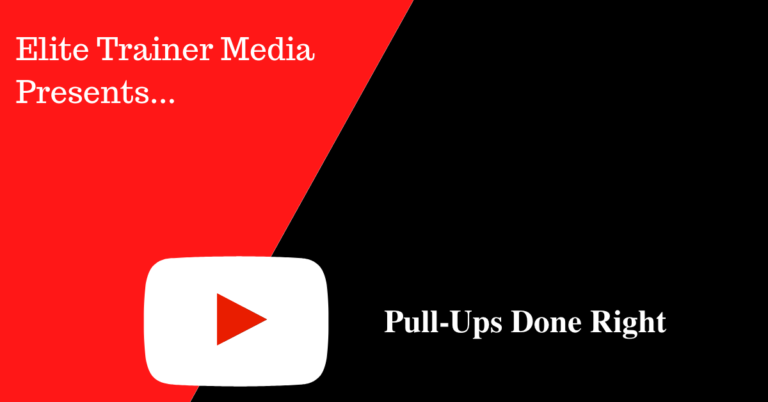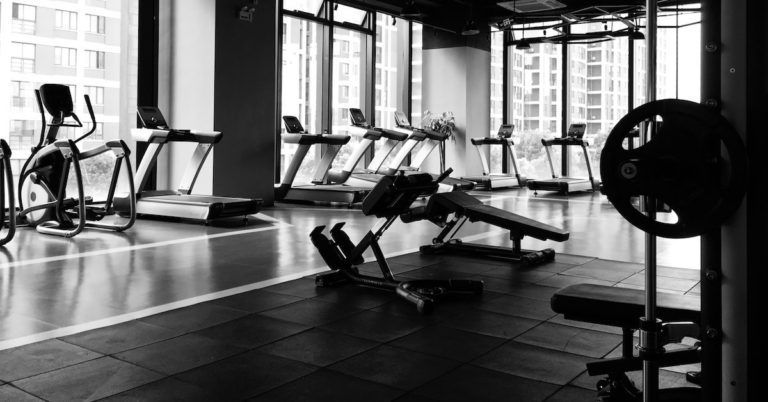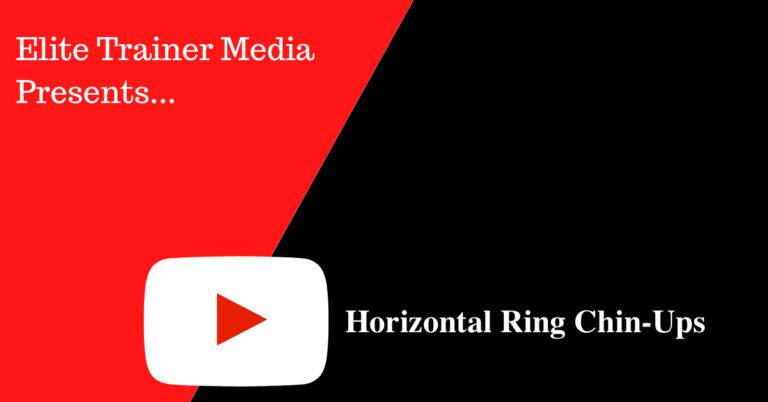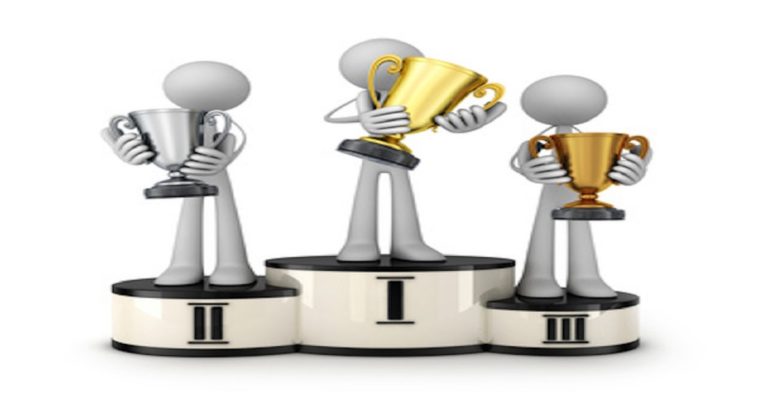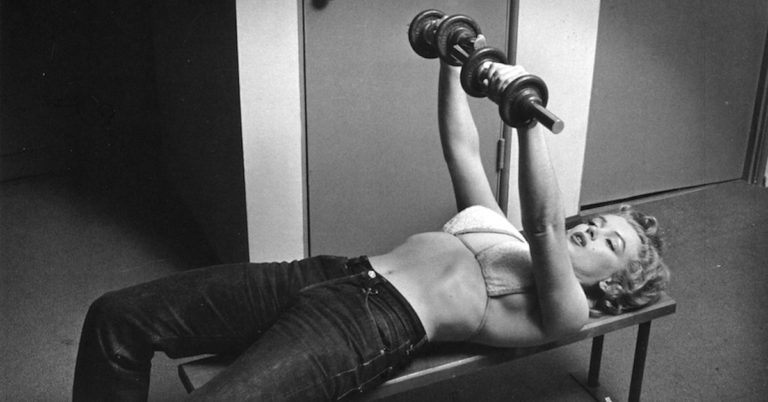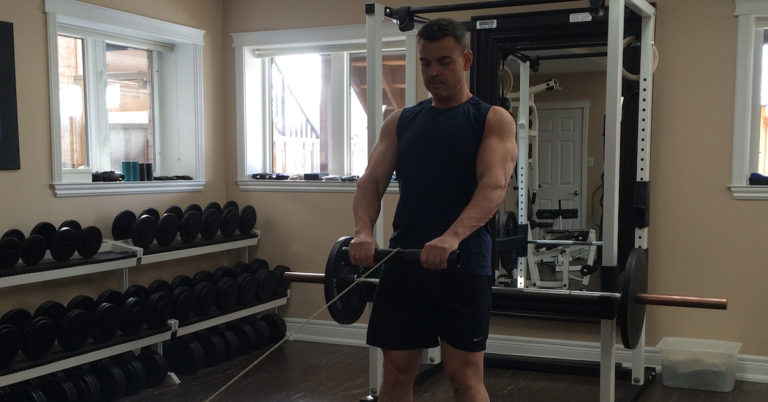A great way to wake up the central nervous system before a heavy lift is to stomp your feet. I picked up this tip from Dr. Stuart McGill in the book Gift of Injury. Try it the next time you do a heavy squat or deadlift—your nervous system will thank you! For more strategies like…
If you’re going to do pull-ups, do them right! Instead of grinding out 3–4 sets of 10 “ugly” reps, flip the script: do 10 sets of 3–4 quality reps. You’ll get a better training response with far less risk of injury. If you struggle to complete even a few solid reps, focus on the eccentric…
Research can provide golden information to health and fitness professionals. Here are some recent findings from the Proceedings of the Canadian Society for Exercise Physiology Annual General Meeting to help you stay ahead of the pack. Non-local Acute Stretching Effects on Range of Motion in Healthy Adults: A Systematic Review with Meta-analysis (Behm et al.,…
This pandemic has decimated many businesses, and personal training is no exception. One organization indicated that over 50% of their members have been out of work and 15% are contemplating a career change. The ones that remain are working at a reduced capacity. Source Online training has become popular, and although virtual sessions may work…
If your knees or low back are killing you from all the stay-at-home sitting, keep this in mind: every pound you carry out front is seven on your back and five on your knees. Instead of relying on immune-suppressing painkillers, strengthening your joints and losing some weight may be the best medicine for you. How…
First workout of the year and I had the pleasure of doing horizontal ring chin-ups (also known as inverted rows). This is a great exercise—if it’s done right! Three key points: brace the core, set the shoulder blades to start, and pause in the top (contracted) position. It’s natural for your range to diminish a…
Here are our three most popular articles of the year, plus a bonus social media post that brought a smile to many faces: Learning to Walk AgainMy mother turned 68 years old in April. She wasn’t supposed to make it that far. The doctors gave up on her, but we didn’t give in. This is…
Women have only recently started to weight train, right? Wrong! Women have been lifting weights for well over a century. When the aerobic craze hit in the 1970s and ’80s, however, more women were drawn to aerobics than weights. The common fear back then was that weight training would lead to overdeveloped muscles.Read more: For…
Last week we looked at a great forearm training tool called the Formulator. Today, let’s take a look at another solid option: the wrist roller. Traditionally, this device is used with free weights and the arms held overhead, as shown here. The only problem? Your shoulders tend to fatigue before your forearms do. A better…



